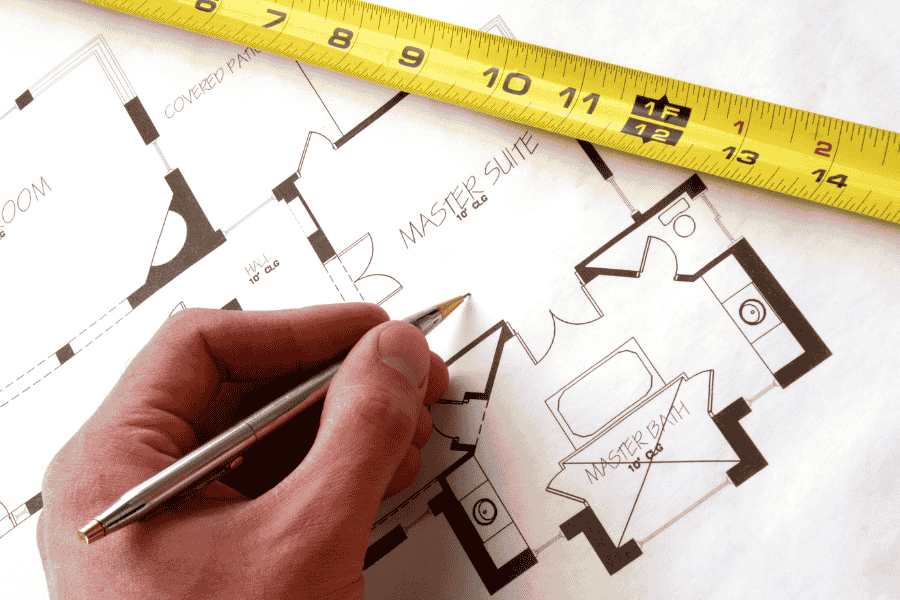Designing a solar power system involves more than just placing panels on a roof. A well-designed system ensures optimal energy production, safety, and long-term reliability. At Green Indi Apower, we’ve seen how small mistakes can lead to big setbacks—higher costs, lower efficiency, or even compliance issues.
Here are the top solar design mistakes and how to avoid them to ensure your project is successful from day one.
1. Ignoring Site-Specific Factors
The Mistake:
Using a one-size-fits-all design approach without considering roof orientation, shading, tilt angle, and space availability.
How to Avoid:
Perform a comprehensive site survey. Use tools like solar pathfinders, drone mapping, and irradiance data to understand the site’s unique conditions. Design the system based on real-time, location-specific data to maximize performance.
2. Overlooking Shading Issues
The Mistake:
Installing panels in areas partially shaded by trees, buildings, or chimneys, drastically reducing output.
How to Avoid:
Use shade analysis software to detect potential shading throughout the year. Consider microinverters or power optimizers in shaded environments to minimize losses.
3. Underestimating Load Calculations
The Mistake:
Failing to match system size to the customer’s actual energy consumption can result in oversizing or undersizing the system.
How to Avoid:
Analyze at least 12 months of electricity bills to understand energy usage patterns. Factor in future needs like EV charging or appliance upgrades when sizing the system.
4. Poor String Configuration
The Mistake:
Incorrect stringing of panels can cause voltage mismatches, inverter issues, and reduced performance.
How to Avoid:
Follow the inverter manufacturer’s guidelines for string voltages and current limits. Use simulation tools like PVsyst or Helioscope to optimize string configurations.
5. Neglecting Local Codes and Permits
The Mistake:
Failing to comply with local electrical codes, fire setbacks, or AHJ (Authority Having Jurisdiction) requirements.
How to Avoid:
Stay updated with national and regional solar codes (like IS, IEC standards in India). Work with experienced permit design professionals to ensure smooth approval and avoid rework.
6. Improper Cable Management
The Mistake:
Using undersized wires, poor routing, or lack of proper grounding can lead to energy losses or safety hazards.
How to Avoid:
Use the right cable size, insulation, and protection as per design load. Ensure proper grounding and routing practices to meet safety standards and improve longevity.
7. Neglecting Structural Load Considerations
The Mistake:
Installing panels on a roof structure that cannot bear the load or withstand wind/snow conditions.
How to Avoid:
Conduct a structural assessment before installation. Choose mounting structures that are certified and rated for the location’s environmental conditions.
8. Skipping System Monitoring
The Mistake:
Not including a monitoring system makes it difficult to detect faults, underperformance, or outages.
How to Avoid:
Always install a real-time monitoring solution—either through the inverter manufacturer or third-party software. It’s essential for both system performance and maintenance.
Final Thoughts
Solar energy is a long-term investment—and it starts with a smart design. Avoiding these common mistakes ensures your system delivers maximum return, efficiency, and compliance. At Green Indi Apower, we specialize in designing and delivering solar solutions that are technically sound, code-compliant, and future-ready.
Need help designing a flawless solar system?
Contact us today for expert solar design services that deliver peace of mind and performance.

